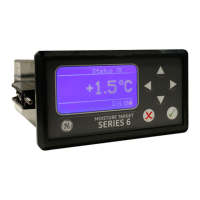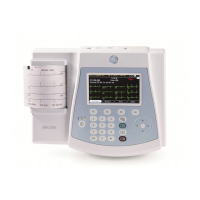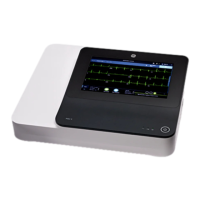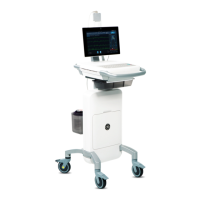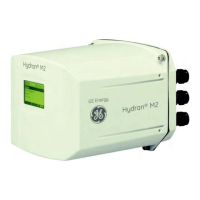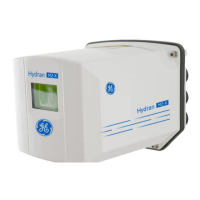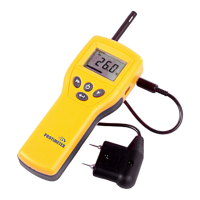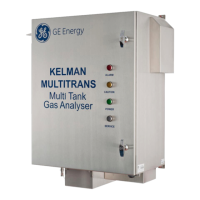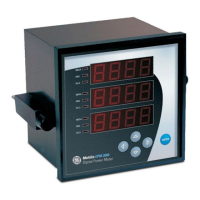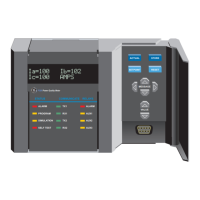GE Analytical Instruments ©2006 9-3 DLM 14291 Rev. A
NOA Setup
For the breath-by-breath NO measurements, the NOA must be in the Exhalation
Mode, sensitivity should be set to Auto and the Com Port Interval set to 1/16 or
1/32. For subjects with high respiratory rates, such as rats and guinea pigs, an
interval of 1/32 should be used. See Chapter 5 (INSTALLATION AND SETUP: GAS-
PHASE MEASUREMENTS)for configuring the NOA. The NOA should be calibrated
(Chapter 6 – CALIBRATION) prior to measurement.
NO/Pressure Offset
The pressure signal travels down the NOA’s pressure line at the speed of sound,
while the NO signal travels at a slower speed. It is necessary to measure this offset
in the signals to align the NO and pressure signals. This is done using the
NOAnalysis Breath program and an NO//Pressure Offset Calibration syringe (AAK
01410). The NO and Pressure lines are connected to the syringe, the syringe is
filled with NO calibration gas, pressurized and then injected. The program then
determines the difference (~1 second) between the NO and pressure signals.
Humidified Circuits
When the NOA is used to measure exhaled NO in humidified circuits, water will
condense in the NO sample line and can block the Teflon filter, restricting flow
into the analyzer. This can be avoided by disconnecting the NO sampling line from
the circuit and letting the NOA sample room air, drying the sampling lines and
filters or by installing an additional Nafion drier (AND 00010A) at the connection to
the circuit.
The NOA’s cell pressure can be used to monitor possible restriction in the sampling
line due to condensations. Normally, the cell pressure is 4-7 torr and will drop to <
4 torr if the filter is blocked by liquid water. The Nafion drier after the filter
eliminates any problems in the sensitivity of the NOA due to water vapor in the
circuit.

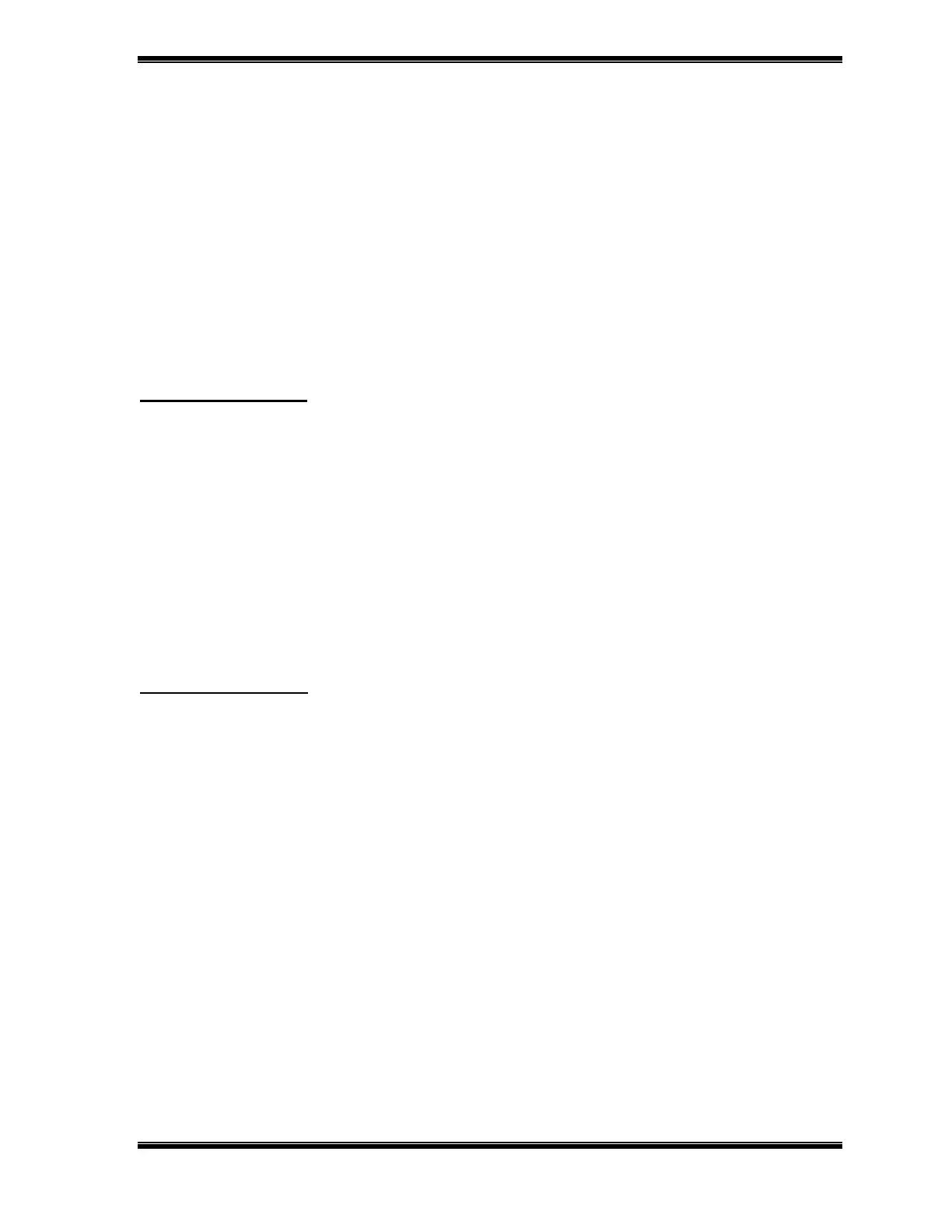